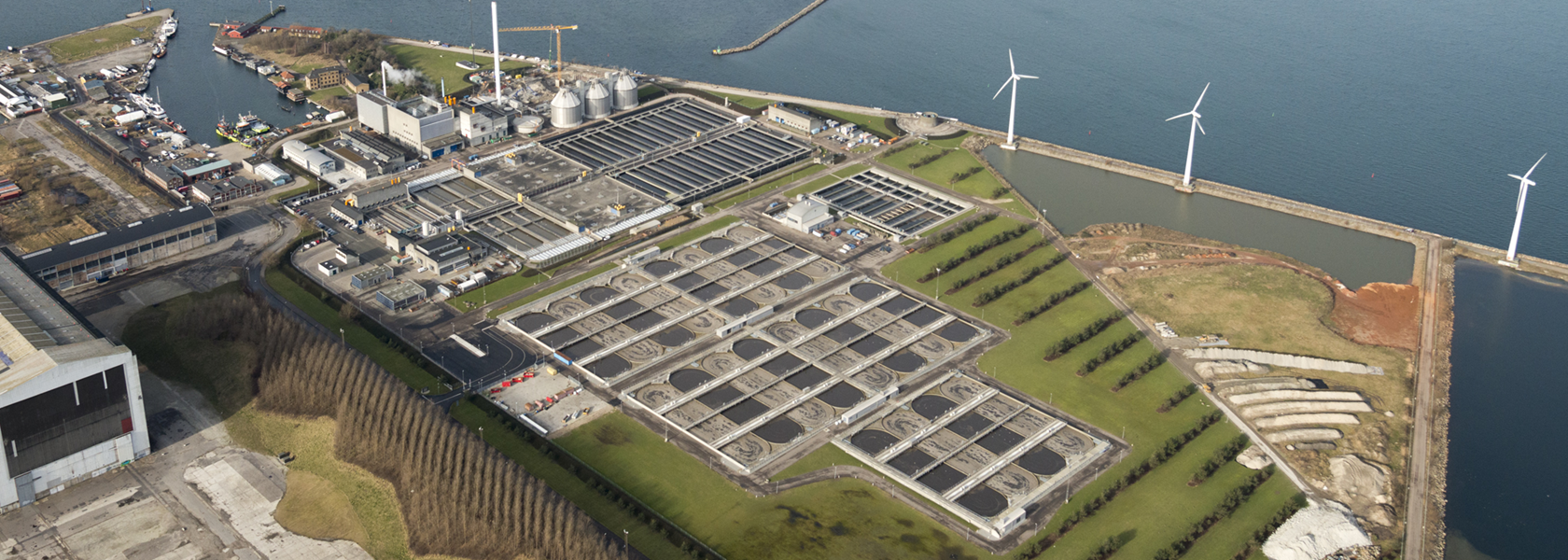

Por qué se deben medir las emisiones de N2O
El óxido nitroso (N2O) se genera durante el tratamiento de las aguas residuales y se libera a la atmósfera a través de desorción por aireación. El N2O se forma cuando las condiciones del proceso para la conversión del nitrógeno no son las ideales.
Dado que el potencial de calentamiento global del N2O es 273 veces superior al del CO2, los estudios revelan que puede suponer hasta el 90 % de la huella de carbono de una estación de aguas residuales. La estimación únicamente a través de factores de emisión pasa por alto las variaciones estacionales y específicas del emplazamiento, lo que conduce a informes de sostenibilidad imprecisos.
La medición de N2O en tiempo real permite a los operadores evaluar con precisión las emisiones directas y optimizar sus procesos para reducir el impacto medioambiental.

Cómo funciona el sistema de N2O en aguas residuales
El sistema de N2O en aguas residuales incluye un controlador y 1-2 sensores con cables de 5-100 metros de longitud.
El sensor mide el óxido nitroso (N2O) disuelto en tiempo real en las aguas residuales, lo que proporciona datos en línea continuos para detectar tendencias y correlaciones con otros parámetros. Permite estrategias avanzadas de control de procesos.
La instalación es sencilla, con un mantenimiento mínimo: calibrar el sensor cada dos meses y sustituir el cabezal del sensor dos veces al año.
Los datos se almacenan en el controlador y pueden transmitirse al sistema de control de la estación depuradora para calcular las emisiones.
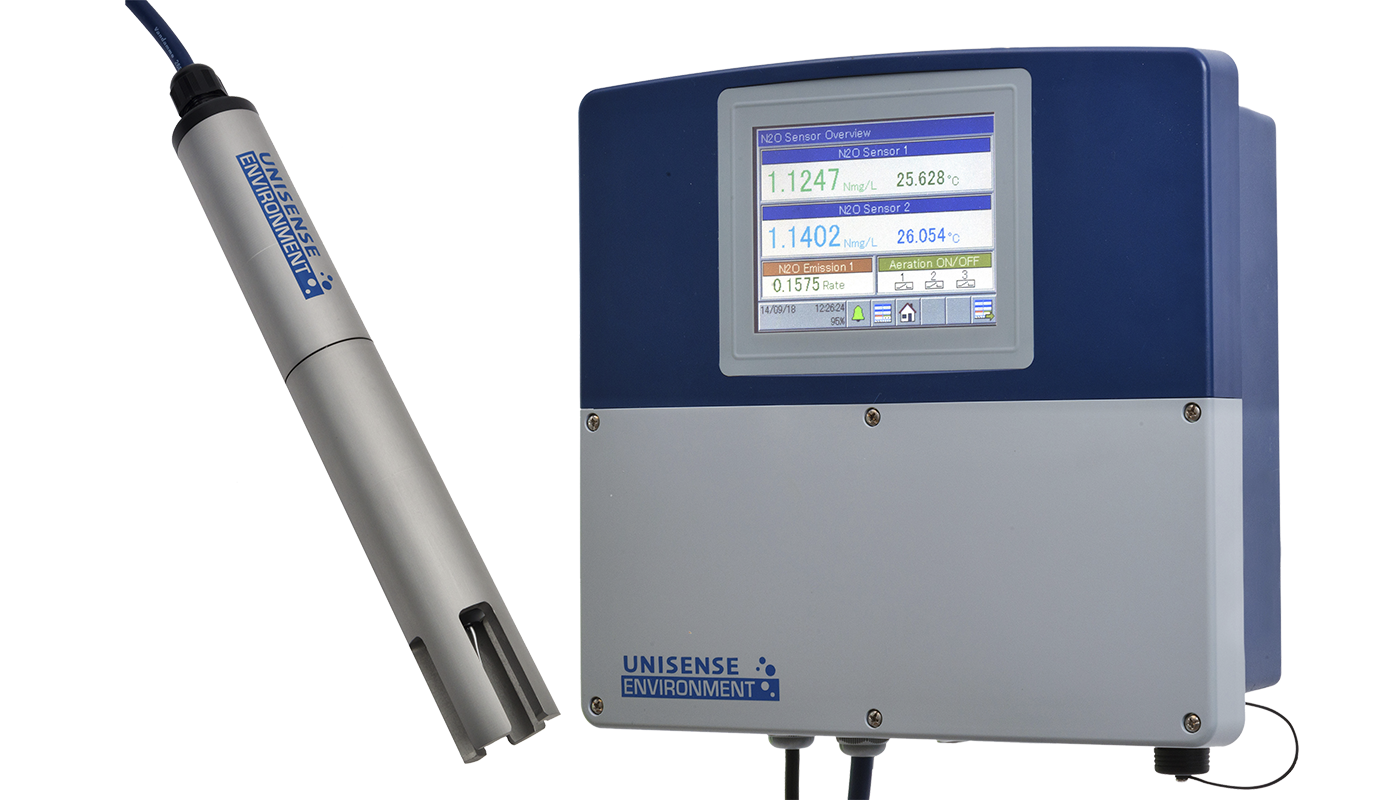

Case Study: Full-scale comparison of N2O emissions determined by liquid sensors and off-gas measurement
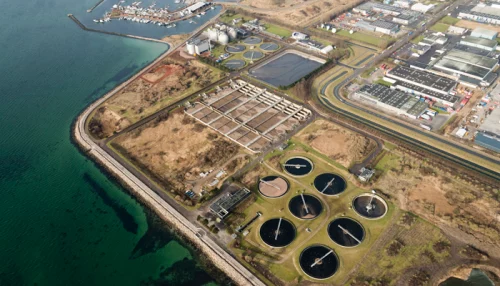
Significant 3-fold increase in IPCC2019 wastewater N2O emission factor supported by Danish studies.
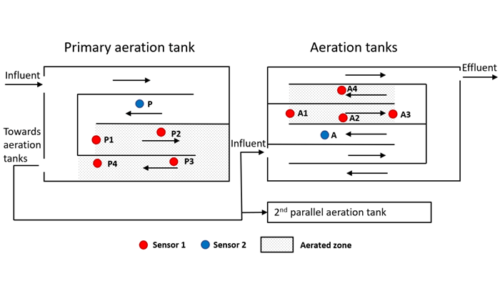
A case study from Kralingseveer WWTP in the Netherlands explores the influence of sensor placement.
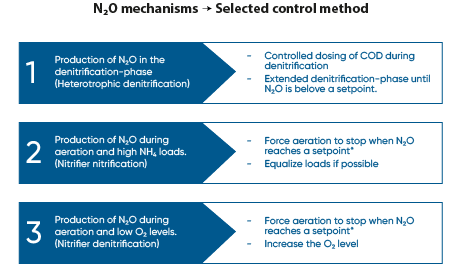
Based on data from Danish WWTPs through advanced online-control.
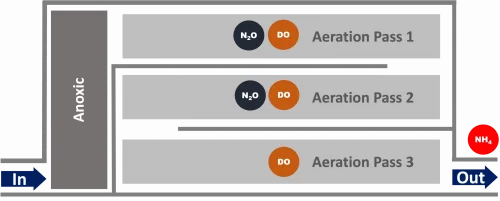
Learn about the results from N2O monitoring in the activated sludge tanks at Severn Trent’s Spernal sewage treatment plant
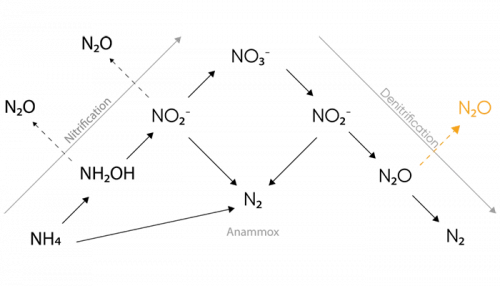
Monitor the N2O concentration in the liquid and use N2O as a control parameter for carbon dosage in the denitrification process.
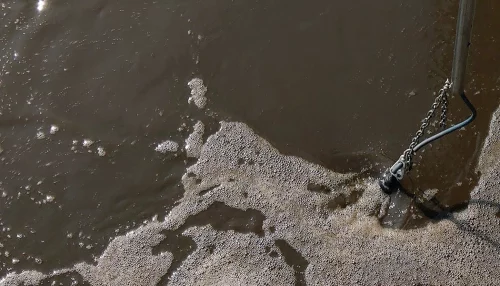
Learn how the water utility Aquafin controls emissions from deammonification processes using the the N2O Wastewater Sensor
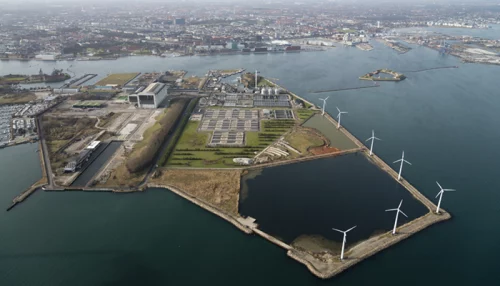
Greenhouse gas emissions at wastewater treatment plants are coming into focus as the water industry works to reduce its climate footprint
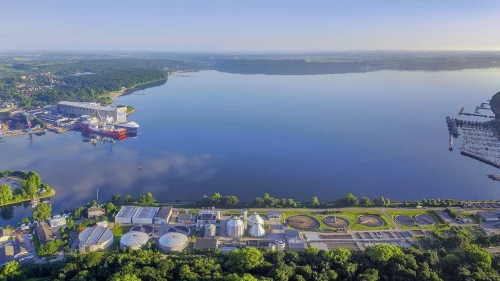
The investment costs had initially deterred us somewhat. However ...
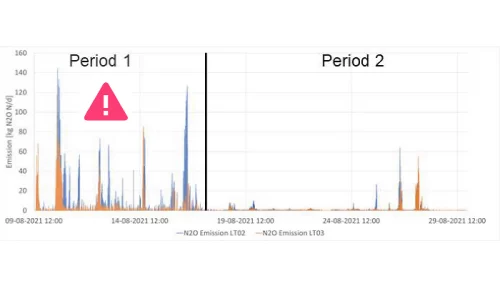
A study of three very different WWTPs in Denmark: Bjergmarken (125,000 PE), Holbæk (60,000 PE), and Hvalsø (11,570 PE)
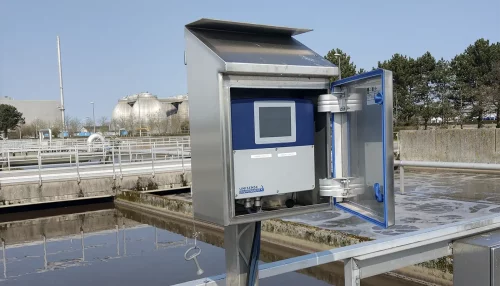
The available data show that the nitrous oxide emission varies in time and between wastewater treatment plants.
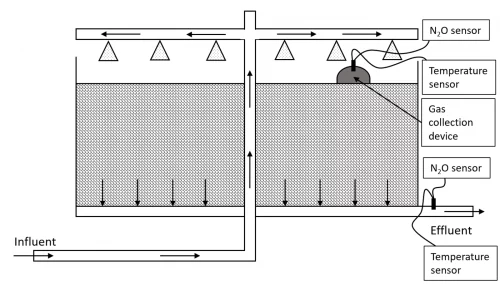
Information regarding N2O emissions from trickling filters is limited, partly caused by the difficulties in capturing off-gases.
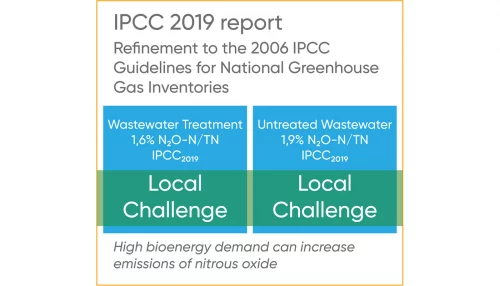
Significant 3-fold increase in IPCC2019 wastewater N2O emission factor supported by Danish studies.
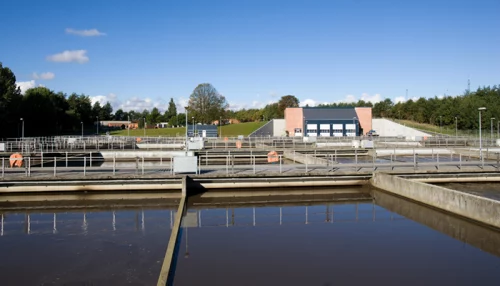
VCS Denmark, one of the largest and oldest water and wastewater companies in Denmark, is actively committed to resource optimization
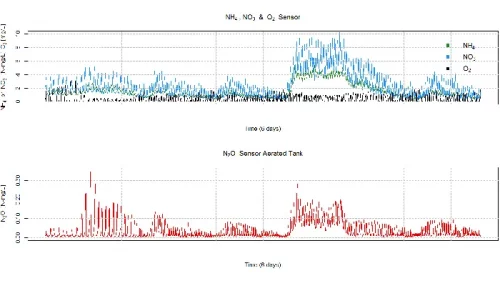
Frederikshavn Water Utility contacted Unisense Environment for assistance in determining the actual N2O derived CO2 footprint
